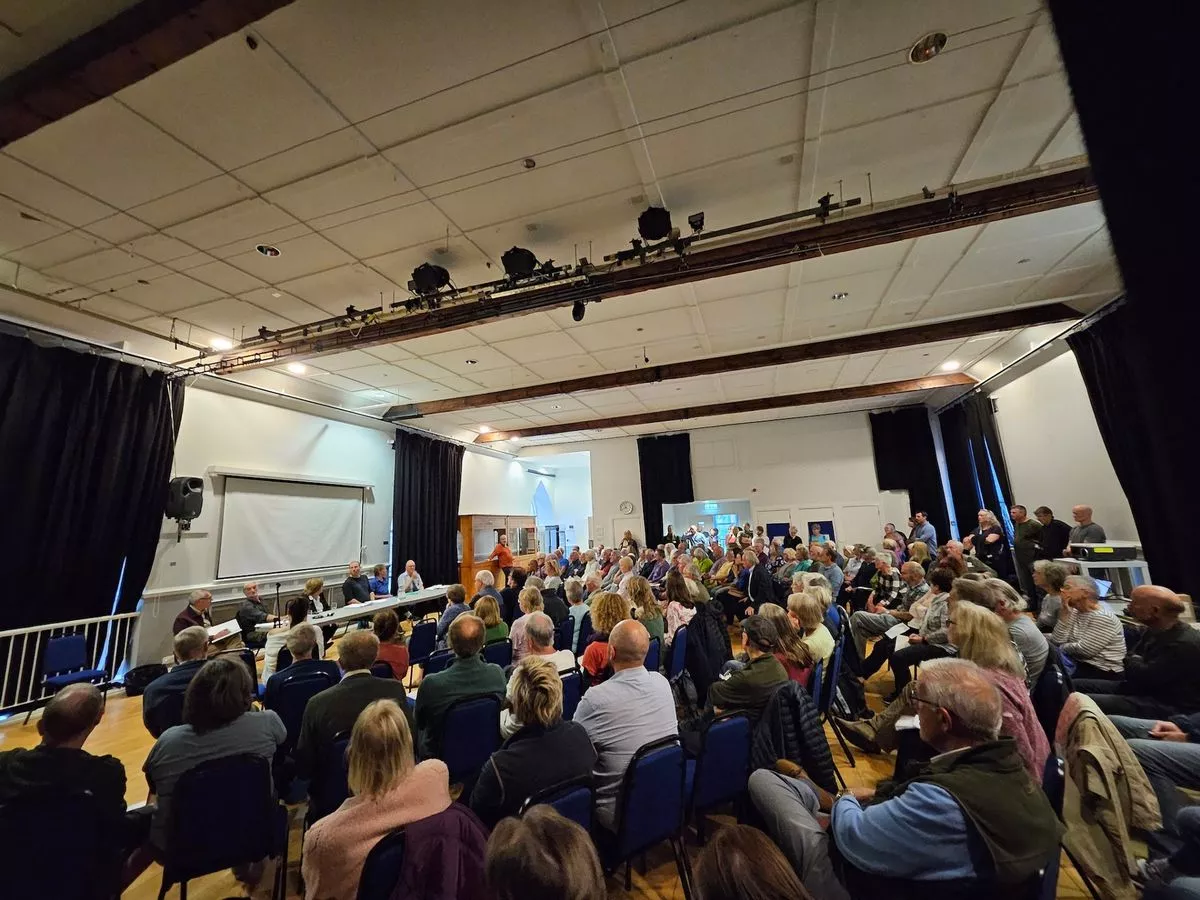Hundreds object to “ugly industrial” windfarm scheme in the heart of the southern Highlands
By Alastair McNeill
Copyright dailyrecord

Opposition to an intrusive Perthshire windfarm scheme was this week described as overwhelming as objections reached 300-plus. Campaign group Save Glen Lednock pointed to 316 objections to the plan to site 19 turbines, some as high as 200m – or three times the height of the Wallace Monument – on uplands between Loch Tay and Loch Earn. Outdoors group Mountaineering Scotland have said the massive turbines will encroach on the heartland of the southern Highlands spoiling views for miles around. Earlier this month PKC’s planning committee voted unanimously to object to the adjacent Glentarken scheme which comprises 12 tubines each 180m in height. Save Glen Lednock campaigner Martin Downing said this week of developer Low Carbon’s proposal: “Not a single individual has written to the Scottish Government’s Energy Consents Unit (ECU) in support of the wind farm. “Together with the overwhelming opposition voiced at the community engagement meeting in Comrie earlier this month – and the news that Comrie Community Council has voted to object to the scheme – this provides clear evidence that Low Carbon’s ugly industrial project is not wanted here. “As expected, the majority of objectors live in the Comrie area, but we’re finding growing concerns in Crieff, which would suffer grievously from the massive flow of construction traffic over a period of two years – up to 392 lorries a day at its peak.” Four organisations and businesses have written to the ECU in support of the Glen Lednock scheme: Oxygen Conservation (an associate company of Low Carbon); Foresight Group on behalf of Fordie Estates (owner of land over which the wind farm access road would be built); BrightWind (an onshore wind power supply chain company); and Perth and Kinross Business Partnership. Save Glen Lednock point out developers are seeking to build wind farms in Scotland when the main areas of energy demand are in the south and midlands of England – and that Scotland already has far more wind farm capacity than its own electricity consumption and the electricity transmission network’s export capacity. They have also expressed scepticism that the project would create as many as 38 long-term jobs. Mr Downing said: “Scotland is already self-sufficient in energy generation, and the country is well on course to meet 2030 and 2035 wind power targets with existing and approved new wind farms. The simple fact is that Glen Lednock Wind Farm is not needed.” Low Carbon have said UK electricity demand is set to double by 2050 and the Glen Lednock Windfarm can play a vital role in meeting UK targets. A Low Carbon spokesperson said this week; “The Scottish Government has been clear that we need a strong pipeline of projects at all stages of the project development cycle up to and beyond 2030 to meet our future energy security needs. “By 2050, UK electricity demand is forecast to at least double. The 2030 and 2035 capacities for onshore wind set out in the UK Government’s Clean Power 2030 document are interim figures and are described as being, “the first part of a longer journey” for the clean power system. “These interim figures do not reflect a lack of need for future onshore wind development in Scotland. “Furthermore, onshore wind is a key driver of growth, with the University of Strathclyde’s Fraser of Allander Institute estimating that it generates around £6.5bn a year in revenues for the Scottish economy and supports around 16,500 jobs. “If built, the Glen Lednock Wind Farm will support this growth, create good local jobs, and provide a community benefit fund worth £23 million over its lifespan.” •A public meeting has been organised at Crieff community campus at 7pm on Thursday, October 16 addressed by energy specialist Dr Chris Ford and also includes a panel discussion on the traffic and transport impacts and potential long-term damage to the Strathearn tourist industry.



